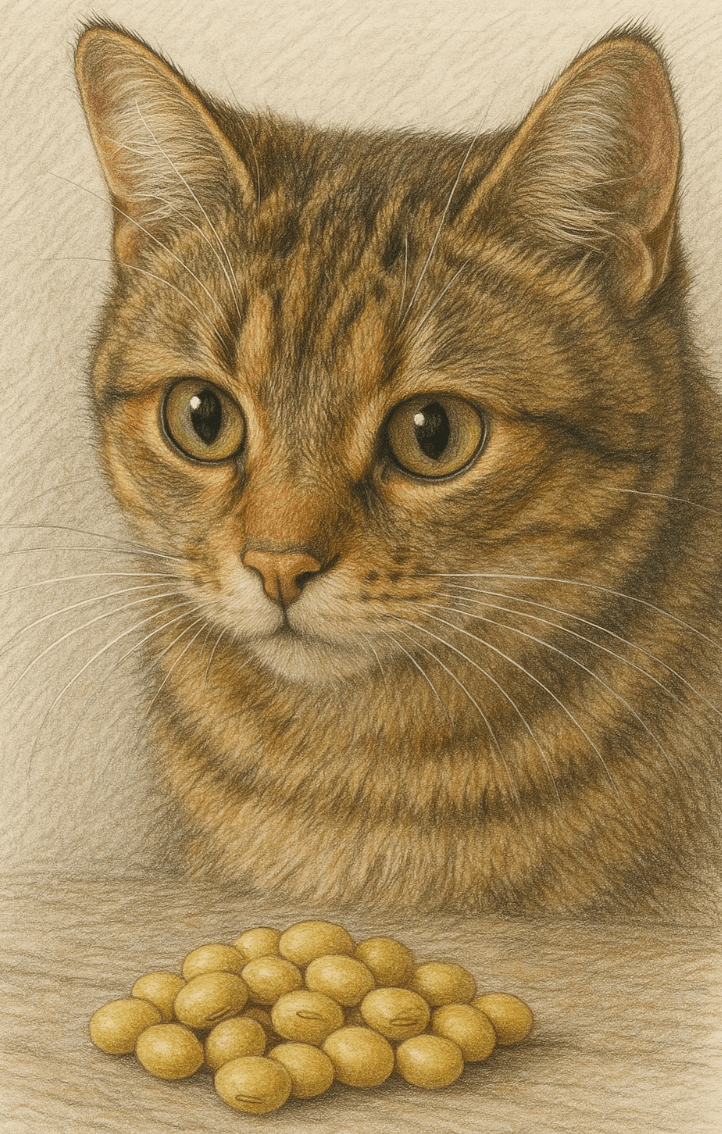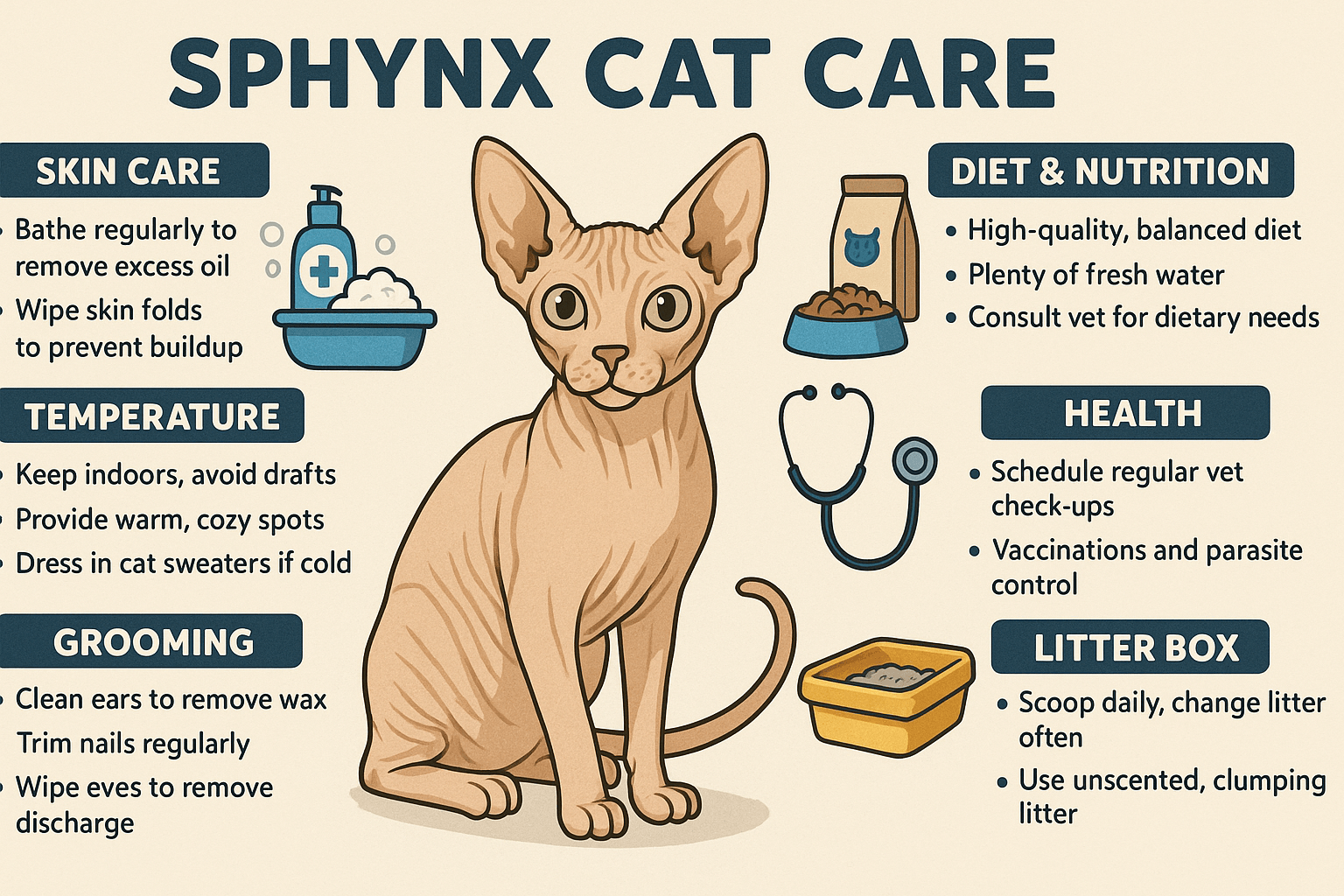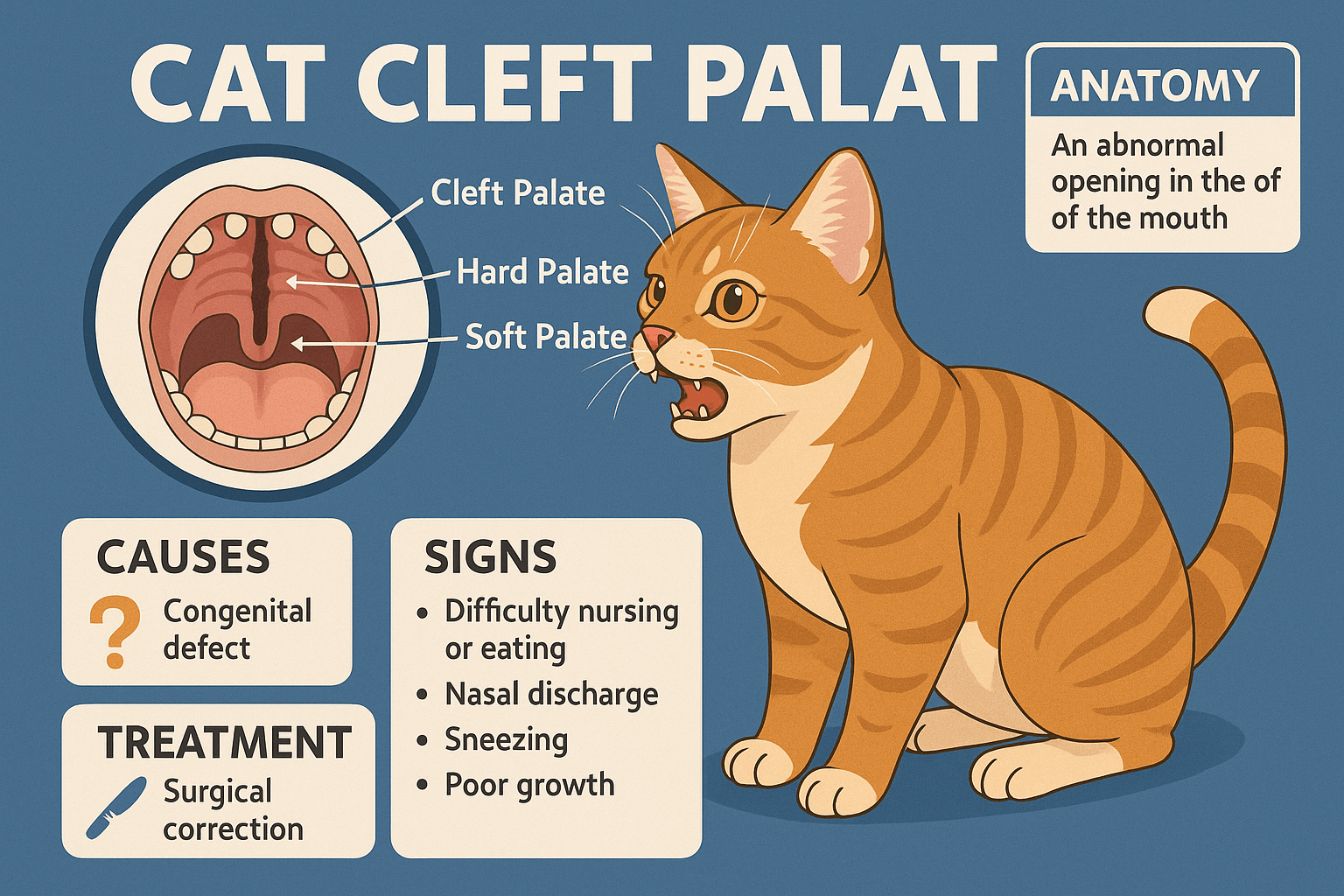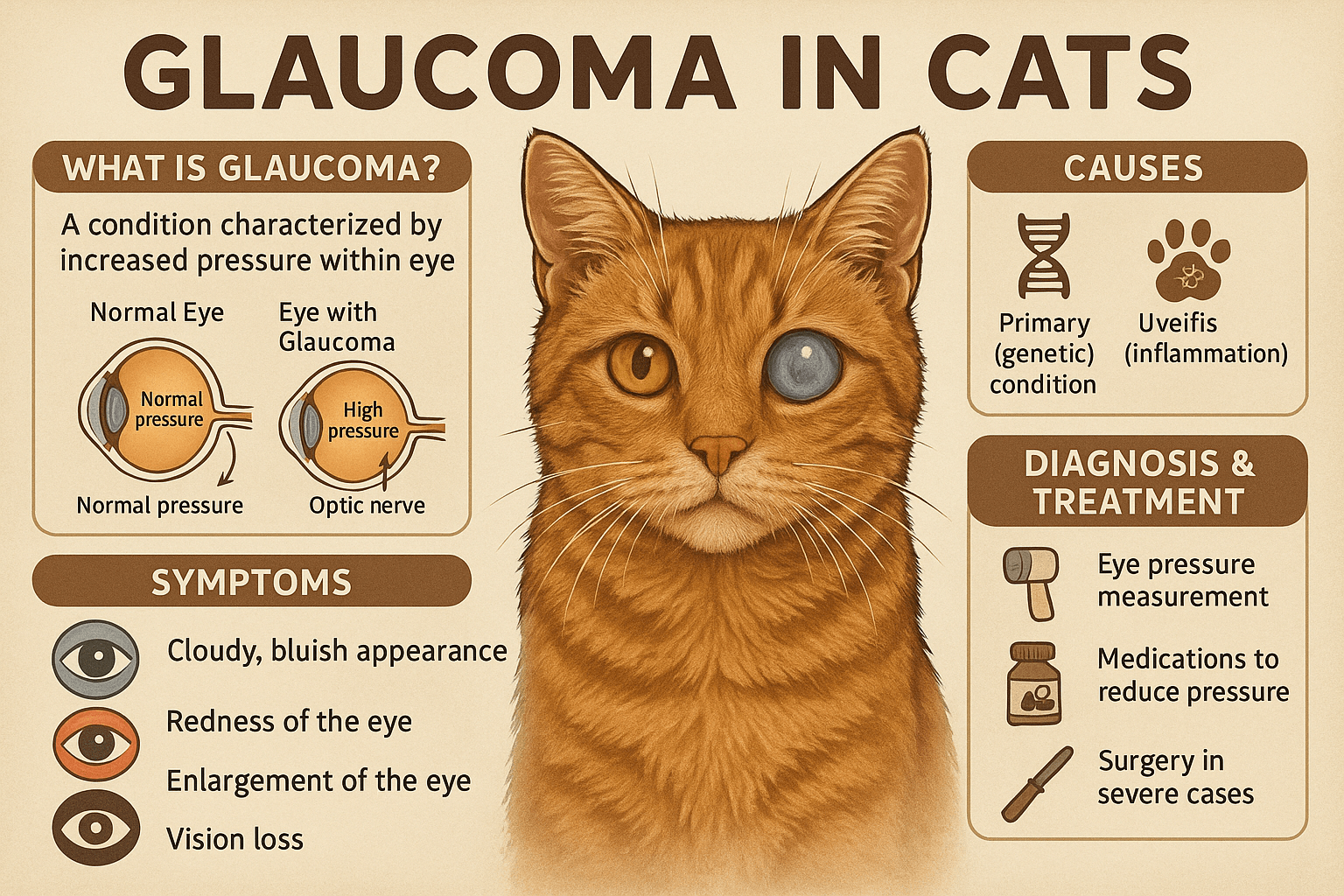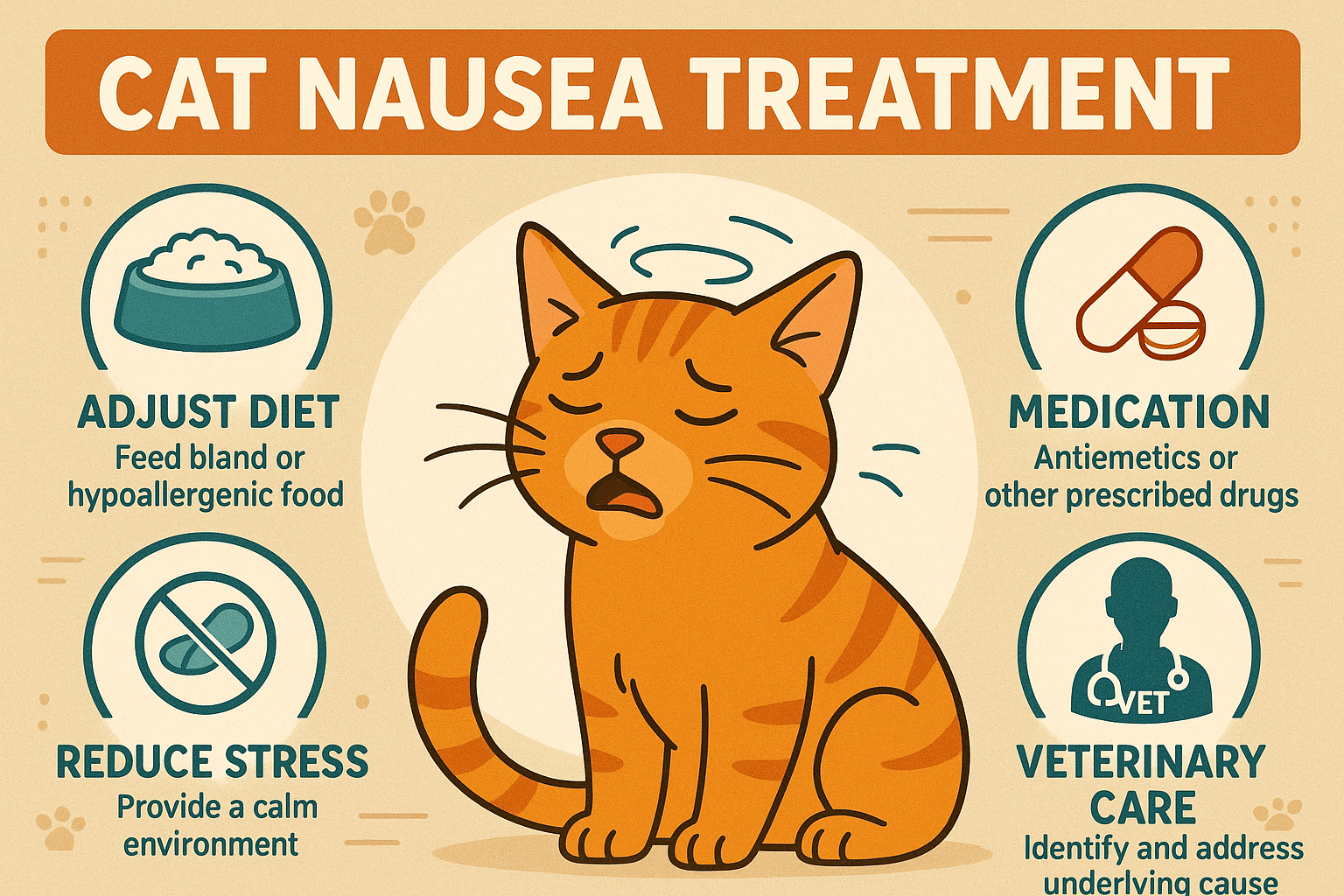Can Cats Eat Soybeans?
When it comes to feeding our feline friends, curiosity often leads us to wonder whether certain human foods are safe for cats. Soybeans, a popular protein source in many diets, might seem like a healthy option—but are they suitable for cats? As obligate carnivores, cats have unique dietary needs that differ significantly from humans or even dogs. While soybeans contain some nutrients, they also pose potential risks if not handled correctly. In this blog post, we’ll explore whether cats can eat soybeans, the benefits and drawbacks, and how to safely incorporate them (if at all) into your cat’s diet. By understanding these factors, you can make informed decisions about your cat’s nutrition and ensure their well-being.
Potential Risks of Feeding Soybeans to Cats
While soybeans may seem harmless, they come with several risks that every cat owner should be aware of. These hazards can range from mild discomfort to more serious health concerns.
Digestive Upset:
Cats lack the enzymes needed to break down plant-based proteins efficiently, which can lead to vomiting, diarrhea, or gas after consuming soybeans.Allergic Reactions:
Some cats may develop allergies to soy, resulting in symptoms like itching, skin rashes, or respiratory issues.Hormonal Imbalances:
Soy contains phytoestrogens, which can mimic estrogen in the body and potentially disrupt hormonal balance in sensitive cats.Choking Hazard:
Whole soybeans, especially if uncooked or dry, can pose a choking risk due to their size and texture.High Fiber Content:
Excessive fiber from soybeans can interfere with nutrient absorption, leading to malnutrition over time.
These risks highlight why caution is essential when considering soybeans as part of your cat’s diet. Always prioritize their safety over experimentation.
Benefits of Soybeans for Cats (When Handled Safely)
Despite the risks, soybeans do offer some nutritional benefits—if prepared and served appropriately. These advantages are worth considering but should always be balanced against the potential downsides.
Plant-Based Protein Source:
Soybeans are rich in protein, which is crucial for muscle development and overall health, though cats primarily require animal-based proteins.Vitamins and Minerals:
They contain essential nutrients like vitamin K, magnesium, and iron, which support bone health and immune function.Low in Fat:
Soybeans are relatively low in fat compared to other protein sources, making them a lighter option for weight-conscious pets.Fiber for Digestion:
In small amounts, the fiber in soybeans can aid digestion and promote regular bowel movements.Versatility in Recipes:
Cooked and processed soy products, such as tofu, can sometimes be used sparingly in homemade cat food recipes under veterinary guidance.
While these benefits exist, they must be weighed against the potential dangers to determine if soybeans are truly suitable for your cat.
Check this guide 👉Can Cats Eat Sunflower Oil? Best 7 Expert Tips!
Check this guide 👉Can Cats Eat Scorpions? Best 7 Expert Tips!
Check this guide 👉Can Cats Eat Vegetable Oil? Best 7 Expert Tips!
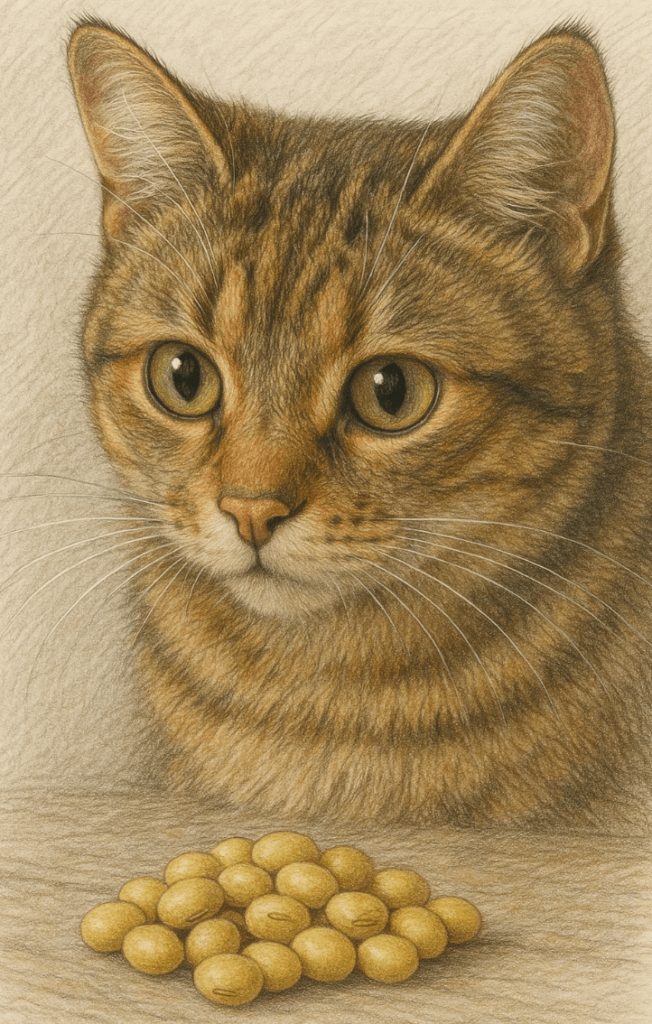
Safe Alternatives to Soybeans | Risks of Unsafe Soybean Choices |
|---|---|
Cooked chicken or turkey (plain) | Raw or unprocessed soybeans |
High-quality commercial cat food | Seasoned or salted soy products |
Small portions of cooked fish | Whole soybeans without preparation |
Pumpkin puree (for fiber) | Soy milk or dairy-based soy products |
Bone broth (strained and unsalted) | Processed soy snacks or chips |
How to Safely Introduce Soybeans to Your Cat’s Diet
If you decide to give your cat soybeans, it’s essential to take precautions to minimize risks. Follow these guidelines to ensure a safe experience.
Choose Plain, Cooked Soybeans:
Avoid adding salt, spices, or oils, as these can upset your cat’s stomach or cause toxicity.Serve in Tiny Portions:
Start with a very small amount to see how your cat reacts before offering more.Monitor for Allergies:
Watch for signs of allergic reactions, such as itching, swelling, or difficulty breathing, and consult your vet if any occur.Mash or Blend Them:
Breaking down soybeans into smaller pieces reduces the risk of choking and makes them easier to digest.Consult Your Veterinarian First:
Always seek professional advice before introducing new foods to ensure they align with your cat’s specific dietary needs.
By following these steps, you can mitigate risks while allowing your cat to enjoy the occasional soybean treat safely.
Signs Your Cat May Be Struggling with Soy Consumption
Even with precautions, complications can arise if your cat consumes soy improperly. Watch for these warning signs to act quickly if something goes wrong.
Vomiting or Diarrhea:
These symptoms may indicate digestive upset caused by an inability to process soy effectively.Excessive Gas or Bloating:
Soybeans’ high fiber content can lead to uncomfortable bloating or flatulence in cats.Loss of Appetite:
If your cat refuses to eat after trying soybeans, it could signal nausea or gastrointestinal distress.Skin Irritation or Itching:
Allergic reactions to soy may manifest as redness, scratching, or hair loss.Lethargy or Discomfort:
A sudden lack of energy or signs of pain might suggest an adverse reaction to soy consumption.
Recognizing these signs early allows you to seek veterinary care promptly, preventing further complications.
Common Mistakes to Avoid When Feeding Soybeans to Cats
Feeding soybeans to your cat requires careful consideration to avoid mistakes that could endanger their health. Here are some pitfalls to watch out for.
Offering Seasoned or Salted Soybeans:
Added salt or spices can harm your cat’s kidneys and digestive system. Stick to plain, unseasoned options.Ignoring Portion Sizes:
Giving too many soybeans at once can overwhelm your cat’s digestive system and lead to discomfort.Using Processed Soy Products:
Items like soy chips, soy sauce, or flavored tofu often contain additives that are toxic to cats.Skipping Veterinary Approval:
Introducing new foods without consulting your vet can result in unknowingly harming your cat.Assuming All Cats React the Same Way:
Every cat is unique; what works for one may not work for another, so observe individual reactions closely.
Avoiding these mistakes ensures a safer and healthier experience for your cat.
Alternatives That Provide Similar Nutritional Benefits
If you’re hesitant about feeding soybeans, there are plenty of alternatives that provide similar nutritional benefits without the associated risks.
Cooked Chicken or Turkey:
Lean meats are excellent sources of protein and align perfectly with a cat’s natural diet.Pumpkin Puree:
Rich in fiber, pumpkin helps regulate digestion and can alleviate constipation or diarrhea.Bone Broth:
Strained and unsalted bone broth offers hydration and essential nutrients in a tasty form.Small Portions of Fish:
Cooked fish like salmon or tuna provides omega-3 fatty acids that support skin and coat health.High-Quality Commercial Cat Food:
Specially formulated cat food ensures your pet receives all the necessary nutrients in appropriate proportions.
These alternatives allow you to cater to your cat’s needs while keeping them safe.
Understanding Your Cat’s Natural Dietary Instincts
Cats are obligate carnivores, meaning their bodies are designed to thrive on a meat-based diet. Understanding their instincts helps explain why soybeans may not be ideal.
Meat-Centric Evolution:
Wild cats consume prey animals, deriving most of their nutrients from muscle tissue, organs, and bones.Limited Enzyme Production:
Cats produce fewer enzymes needed to digest plant-based proteins, making soy harder for them to process.Specific Nutrient Requirements:
Taurine, arachidonic acid, and vitamin A are essential nutrients found primarily in animal-based foods—not plants like soybeans.Natural Preference for Meat Flavors:
Cats are naturally drawn to the taste and smell of meat, showing little interest in plant-based options.Minimal Carbohydrate Needs:
Unlike humans, cats require very few carbohydrates, making high-fiber foods like soybeans less suitable for their diets.
By recognizing these behaviors, you can better address your cat’s needs in a way that aligns with their biology.
Frequently Asked Questions About Cats and Soybeans
Are cooked soybeans safe for cats?
Yes, in moderation and plain form, but always monitor for adverse reactions.
Can kittens eat soybeans?
Kittens should avoid soybeans entirely due to their developing digestive systems, which are less equipped to handle plant-based proteins.
What type of soy products are safest for cats?
Plain, cooked soybeans or small amounts of tofu are generally safer than processed soy snacks or dairy-based products.
How often can I give my cat soybeans?
Limit soybean consumption to rare occasions and only as a supplemental treat, not a staple food.
What should I do if my cat accidentally eats soybeans?
Contact your veterinarian immediately if your cat shows signs of distress, such as vomiting, diarrhea, or lethargy.
Prioritizing Your Cat’s Health When Considering Soybeans
Feeding soybeans to your cat can be a double-edged sword, offering some nutritional value but also posing significant risks if not handled carefully. While they may provide a novel source of protein and fiber, cats thrive best on a diet centered around animal-based proteins. By understanding the potential hazards, choosing safer alternatives, and consulting your veterinarian, you can ensure your cat stays healthy and happy. Remember, your feline friend relies on you to make the best dietary choices for them—so always prioritize their well-being above all else.
Sphynx Cat Care: Best 7 Expert Tips! Discover essential advice for keeping your Sphynx cat healthy, happy, and comfortable with expert-approved care tips.
Understanding Cat Cleft Palate: Best 7 Expert Tips! Discover causes, symptoms, and care for cats with cleft palate. Learn expert advice to support affected kittens and improve their quality of life.
Glaucoma in Cats: Best 7 Expert Tips! Discover expert advice on recognizing symptoms, managing treatment, and improving your cat’s eye health to prevent vision loss effectively.
Cat Nausea Treatment: Best 7 Expert Tips! Discover effective remedies and expert advice to soothe your cat’s nausea, identify causes, and ensure their health and comfort with practical solutions.

